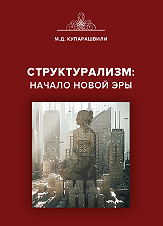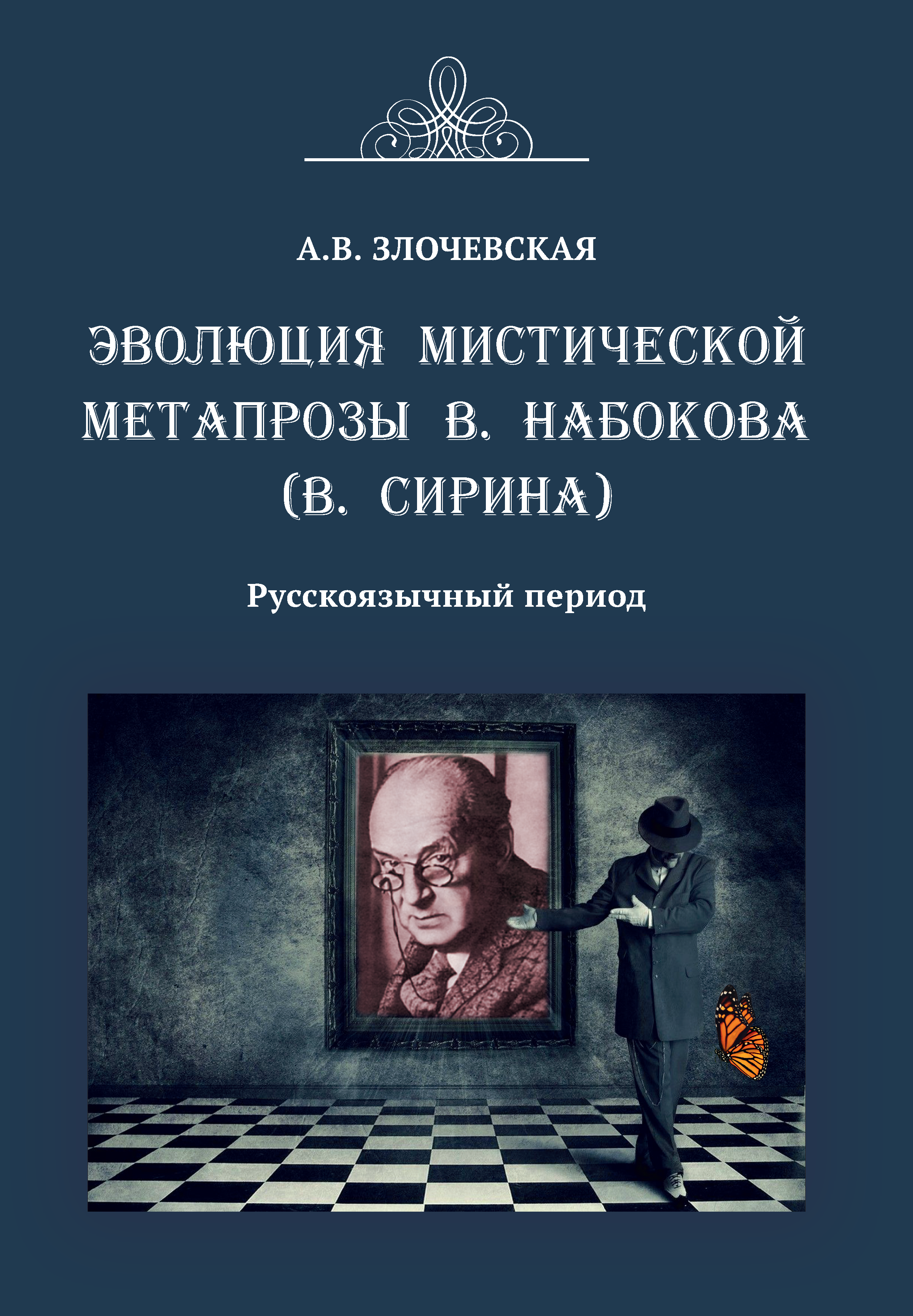UDC 378:62
Sergey. V. Bakushev, Dr. Sci. (Engineering), Professor, Professor at Department “Mechanics”, Penza State University of Architecture and Construction, ORCID: 0000-0001-9134-8106, e-mail: bakuchsv@mail.ru
Taking the premise that the main driving force of the economy of post-industrial society is the scientific developments of specialists with engineering education, that the basis of building a post-industrial society, its foundation, its foundation is a competent, highly educated, responsible person — a professional in his field of activity, it follows that it is necessary to educate competent creators - individuals capable of transforming society into a post-industrial one. high-performance industry, with a high share of high-tech and innovative services in GDP, with a knowledge industry. The education and training of young people in engineering sciences, and not only in engineering should become the main priority of the state’s domestic policy.
Taking into account the increase in the amount of necessary knowledge from the course of the theory of elasticity — the foundation of engineering and architecture — it is proposed to organize the study of the course of the theory of elasticity in two stages: one semester theoretical and one semester practical. A student who has attended a course on the theory of elasticity in two stages and has received an exhaustive amount of knowledge will undoubtedly become a competent, knowledgeable specialist in the field of the theory of calculation and design of civil and industrial buildings and engineering structures.
In conclusion, it is proposed to clarify the names of such disciplines as ‘Fundamentals of Technical Mechanics’, ‘Strength of Materials’, ‘Theory of Elasticity’.
Keywords: higher engineering professional education, theory of elasticity, work programs, quality of education
References
- Bakushev, S.V. Higher engineering education is the basis for building a post-industrial society. The Post-Soviet Space as a Territory of Innovation. Proceedings of 7th International Scientific and Practical Conference. November 23, 2023. Vidnoye City. Prof. B.K. Tebiev (ed.). Мoscow: Regional Socio-Economic Institute, 2023. 350 p. P. 232–239.
- Markeev, A.P. Theoretical Mechanics. Moscow: Nauka, 1990. 414 p.
- Gorshkov, A.G., Troshin, V.N., Shalashilin, V.I. Resistance of Materials. Moscow, 2005. P. 544.
- Lurie, A.I. Theory of elasticity. Moscow: Nauka, 1970. 940 p.
- Ishlinsky, A.Yu., Ivlev, D.D. Mathematical Theory of Plasticity. Moscow: Fizmatlit, 2001. 704 p.
- Rabotnov, Yu.N. Mechanics of a deformable solid. Moscow: Nauka, 1979. 744 p.
- Bakushev, S.V. Elementary Course in Elasticity Theory. Мoscow: LENAND. 2023. 466 с.
- Bakushev, S.V. Some considerations on improving of the quality of higher education. Sustainable development of the region: architecture, construction, transport. Proceedings of the 4th international scientific and practical conf. Institute of Architecture, Construction and Transport of Tambov GTU. Tambov, June 15–16, 2017. Nambov, 2017. P. 526–530.
- Bakushev, S.V. Some considerations on improving of the educational process in higher education. Alma mater (Vestnik vysshey shkoly). 2018. No. 1. P. 9–12. DOI: 10.20339/AM.01-18.009
- Bakushev, S.V. Nothing but the truth and no prohibitions. How to help an employer to get a qualified specialist. Alma mater (Vestnik vysshey shkoly). 2021. No. 5. P. 7–12. DOI: 10.20339/AM.05-21.007.


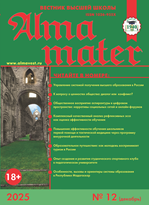
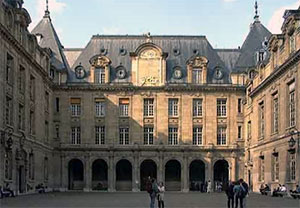
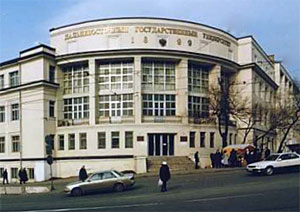
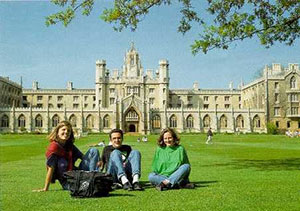
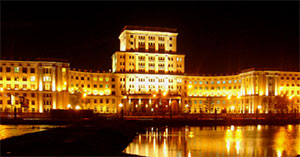
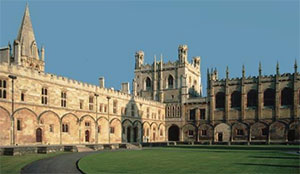
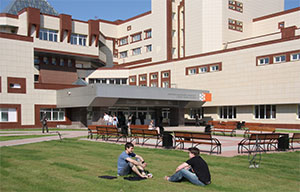


.png)
